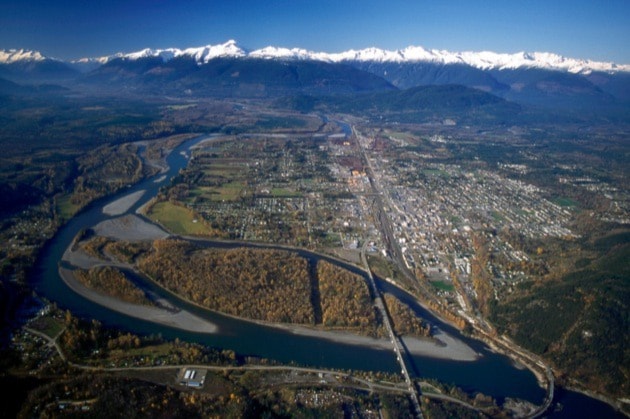Terrace's population has dropped from 11,688 in 2011 to 11,265 last year, estimates the provincial government's statistics agency.
Just from 2013 to 2014 the drop from 11,458 to 11,265 people represents a decline of 1.7 per cent, says BC Stats.
But within the unincorporated areas of the Kitimat-Stikine regional district, which would include Thornhill and the rural area surrounding Terrace as well as the region running north to Dease Lake and east to the Hazeltons, the population grew – from 16,382 in 2011 to 18,098 in 2014.
From 2013 to 2014, the unincorporated population increase from 17,506 people to 18,098 people worked out to 3.4 per cent in just that one year.
When municipal and rural populations were taken into account within the Kitimat-Stikine regional district, the total population rose from 38.687 in 2013 to 39,169 in 2014, an increase of 1.2 per cent.
Kitimat's population, on the other hand, grew one per cent from 8,367 in 2013 to 8,452 in 2014.
Expectations of population increases tied to the potential for a liquefied natural gas industry in the northwest notwithstanding, the population of Prince Rupert has also declined.
BC Stats reports that Prince Rupert's population dropped 2.9 per cent from 12,275 people in 2013 to 11,918 people in 2014.
The population in Smithers also declined – by one per cent between 2013 when 5,246 people lived there to 2014 when 5,103 people lived there.
Prince Rupert, Smithers and Terrace were among the top 10 municipalities of more than 5,000 to experience the greatest percentage population drops from 2013 to 2014.
The provincial population rose 1.1 per cent from 2013 to 2014 or approximately 49,000 people to 4,631,302.
Provincial statisticians base their population projections using the 2011 federal census and making adjustments by using data such as the number of residential hydro hook ups.
